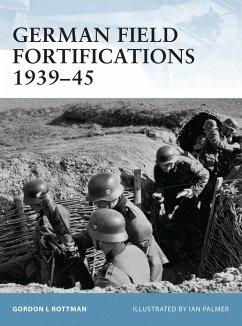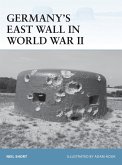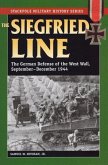The German Army of World War II considered itself an offensive, mobile force. The experiences in the trenches in World War I had done much to shape its concept of field fortification, and its mobile warfare ethos was intended to prevent the previous war's stalemate. This book addresses frontline defensive field fortifications, built by infantrymen using local materials, and includes rifle platoon positions, trenches, crew-served weapon positions, bunkers, dugouts, shelters and more. It also covers anti-tank and anti-personnel obstacles, as well as field camouflage methods and construction methods. The integration of these positions into permanent systems and theatre-specific defences are also discussed.








